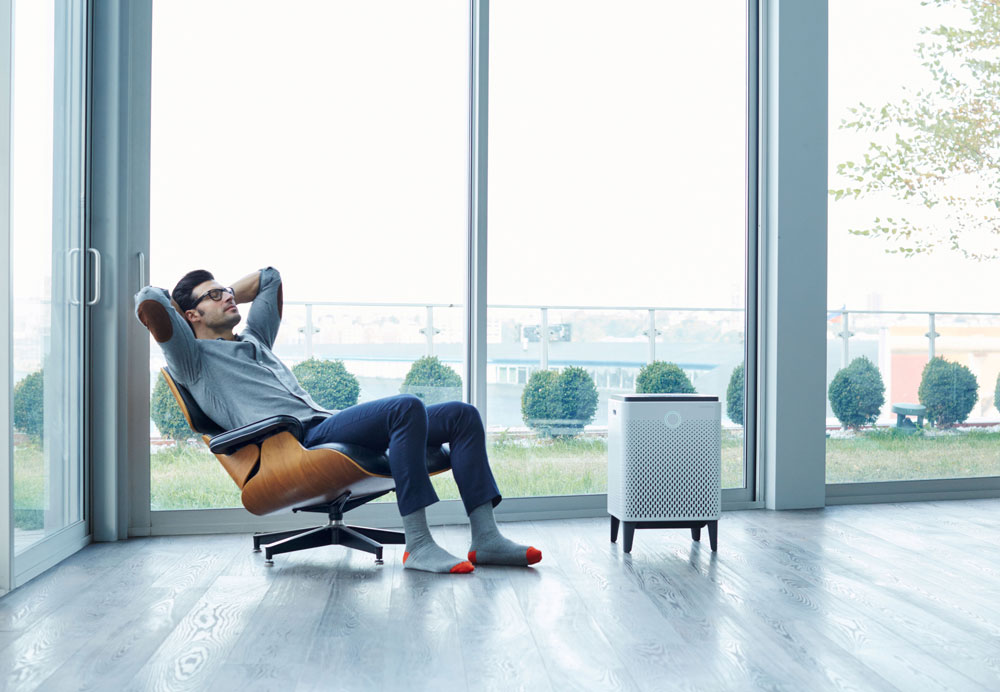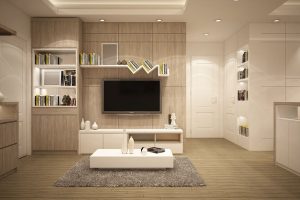The last two years have been a difficult time and space for everyone worldwide, irrespective of geography, class, and economic status. Among many other things, the pandemic has underscored the importance of general well-being, immunity, health & fitness. When we are battling against an unknown enemy like the covid-19 virus, maybe we can put our best foot forward by staying safer, eating cleaner, and paying attention to our health better – isn’t it?
As India was restricted to homes, we soon realized that we were a large, space-starved nation. Homes donned multiple roles of offices, playgrounds, schools, meeting rooms, and gymnasiums – all at the same time. In metros and large cities, where integrated townships and colossal gated communities of apartment complexes are the norms, air circulation and ventilation are key, we are witnessing an interesting trend where people are embracing central vacuum systems for home.
Why should We Ventilate Our Homes?
Ventilation is important in keeping air circulation and sunlight in check. Stale air needs to be let out, and fresh air needs to be brought in, while dampness and humidity need to be regulated so that moisture is kept out of walls. Keeping out dampness is crucial so that it prevents the formation of spores and fungi that are the cause of major allergies and airborne diseases. Good ventilation is also vital to ensure sufficient sunlight so that you get your daily dose of Vitamin D – another vitamin we city dwellers, closed space workers, and home hibernators seriously lack.
Do We need External Sources to Boost Ventilation?
Ever entered a room or space where a strong odor hits you? Or maybe you entered a neighbor’s home, and the air just feels damp. Builders pay a lot of attention to ventilation and deliver airy, well-ventilated homes or office spaces.
Today architects, builders, and everyone, in general, have come to learn the importance of ventilation. We now know that good ventilation aids good physical & mental health and vitality.
Over time, when there is a pronounced increase in pollution, or building materials releasing volatile organic compounds, resulting in off-gassing, or there are other buildings mushrooming around your own – these are variables you simply cannot control. Also, increased energy efficiency has called for spaces to become tighter, more insulated, and leakproof. We, therefore, need other methods to facilitate ventilation through an external ventilator system.
What is a Balanced Ventilation System?
A balanced ventilation system is one where stale air is replaced constantly with fresh air through mechanical means. A fresh air ventilation system for home controls the flow of air within the home or space, removes particulate matter and pollutants, maintains temperature and pressure which keeps the flow of air consistent.
Ventilation System Options:
Ventilation systems come in different shapes and sizes to suit individual ventilation needs. However, the ventilation systems have been categorized largely as follows.
Natural Ventilation:
With the rise of green buildings and eco-friendly constructions, natural construction materials are used which can intrinsically absorb radiation, keep draft design such that airflow is constant, and there is ample sunlight. Think huge spaces with lots of open areas and strategic construction units. This is ideal but sadly given our population density, less practical. While we can never replace mother nature, we try our best to come close!
Exhaust Only:
This is one system we are all familiar with. Remember those exhaust fans in kitchens, bathrooms, and small cottage industries – which suck out stale air literally and push it outside – these exhaust fans are placed close to air vents so that air inlets are created too. This is effective, but rather rudimentary.
Supply Only:
This one is a simple system. A fan system circulates fresh air, and stale air escapes out of cervices, ducts, and any other air leakage outlets. It is a bit like an inverted exhaust-only system. While a supply-only system creates pressure within the space keeping dust, pollutants, and stale air at bay by blowing them away, it also risks bringing in moisture.
Balanced Ventilation:
Like the name suggests, a balanced ventilation system is kind of a combination of both the above – exhaust fans and supply fans – so you have a balance between apply points circulating fresh air, while the exhaust system is sucking out stale air. We may have oversimplified it a bit here, the exhaust and supply points could be point sources or ducts that run through.
Balanced Ventilation with the Exchange:
And then it goes a step further. We have supply and exhaust points that create balanced ventilation already, so why not add a heat exchange or a cooler that can condition the air and then let it in or out? This is what is popularly called the HRV or heat recovery ventilator or the ERV – energy recovery ventilator depending on what it is used for.
A balanced ventilation system is a must in an ever-burgeoning city like Hyderabad, where concrete towers spring up by the minute. Reach out to us today to understand which is the best fit for your home, office, or farm!













